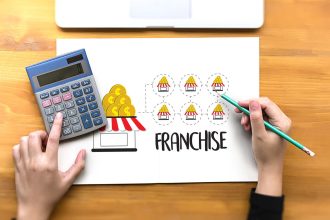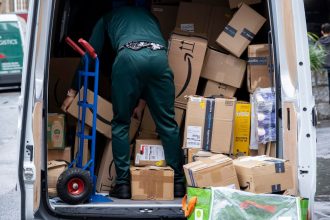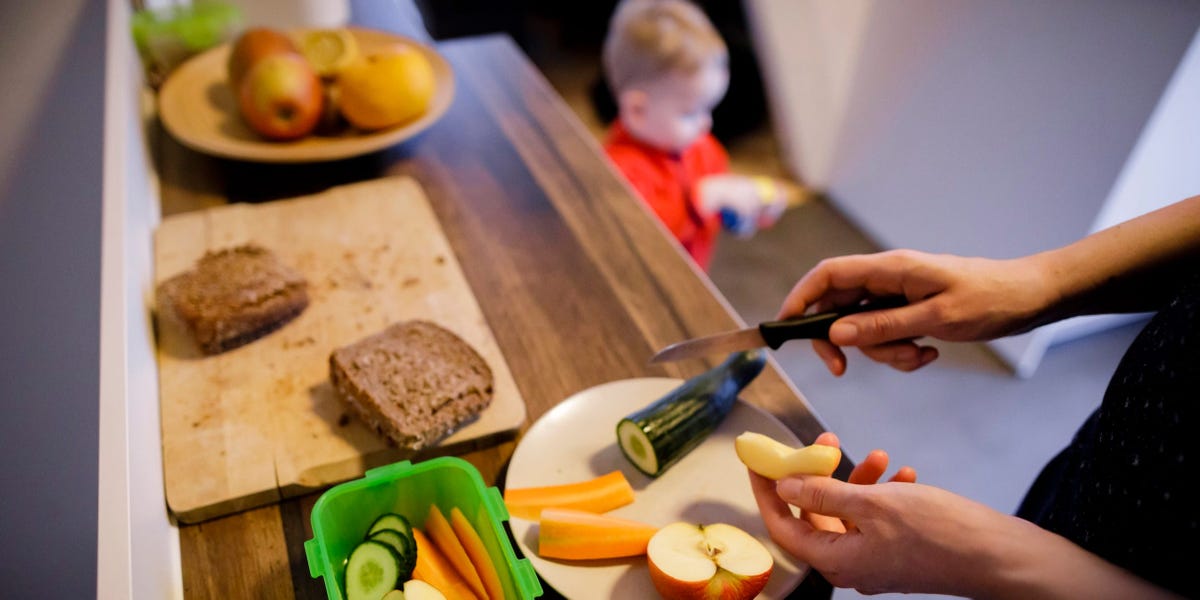- Inflation is cooling, but food prices remain stubbornly high, led by typical school lunch supplies.
- Groceries like bread, ham, lettuce, condiments, apples, and juice cost up to 15% more than last year.
- Factors driving the increase include geopolitics impacting grain prices as well as corporate ‘greedflation.’
Food prices keep ticking up, and some of the biggest increases can be found in the humble brown-bag school lunch.
As parents gear up for back-to-school, prices for groceries like bread, ham, lettuce, condiments, apples, and juice are up between 5% and 15% compared to last year – among the highest of all food categories tracked by the US Bureau of Labor Statistics.
In particular, bread is up 9.5% over last year, while ham is up 5.7%, and condiments up more than 15%. The lunchbox price increases are even more striking when compared against 2020: Bread prices alone have risen nearly 30%.
Overall food inflation clocked in at 4.9% in July, a figure that has remained stubbornly high as price gains elsewhere have slowed gradually down over the past year in response to the Federal Reserve’s efforts to cool the economy.
The way that looks in school lunch terms – assuming a very rough 10% combined increase in the price of ham sandwich supplies plus sides and a per-meal estimate of $4.75 – is that each day’s packed lunch is about 50 cents more this year than last year. Multiplied by 20 school days per month, that’s about $10 in additional grocery costs per child, assuming prices don’t change.
Beyond the lunchbox, price increases for many products have moderated or even reversed.
Some food products that saw huge run-ups in their prices over the last year, like eggs and bacon, have gotten substantially cheaper over the past year. But overall, the cost of groceries and dining out continues to rise.
In some cases, commodity costs play a role. Russia’s invasion of Ukraine, for instance, has involved attacks on ports that are used to export grain. That has sent wheat prices higher, which in turn raises prices that consumers pay, economist Paul Krugman noted.
In other cases, food companies are raising the prices that you pay at the grocery store, but the money is flowing straight into their profits in a phenomenon known as greedflation. Companies from Coca-Cola to Nestle said in their most recent earnings reports that they raised food prices and consumers kept buying their products. At the same time, many reported increased profits, a sign that the higher prices weren’t always about offsetting higher costs for inputs like ingredients and labor.
Read the full article here





